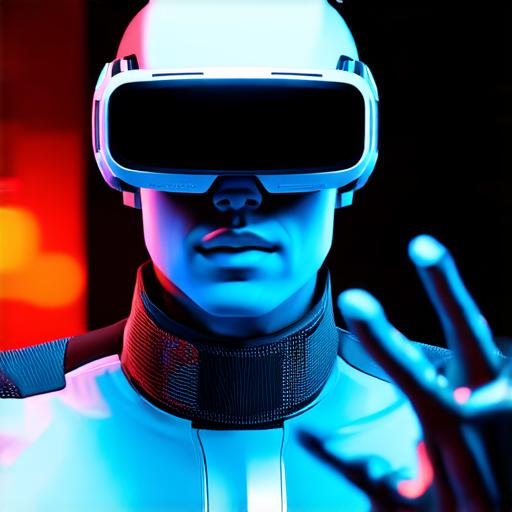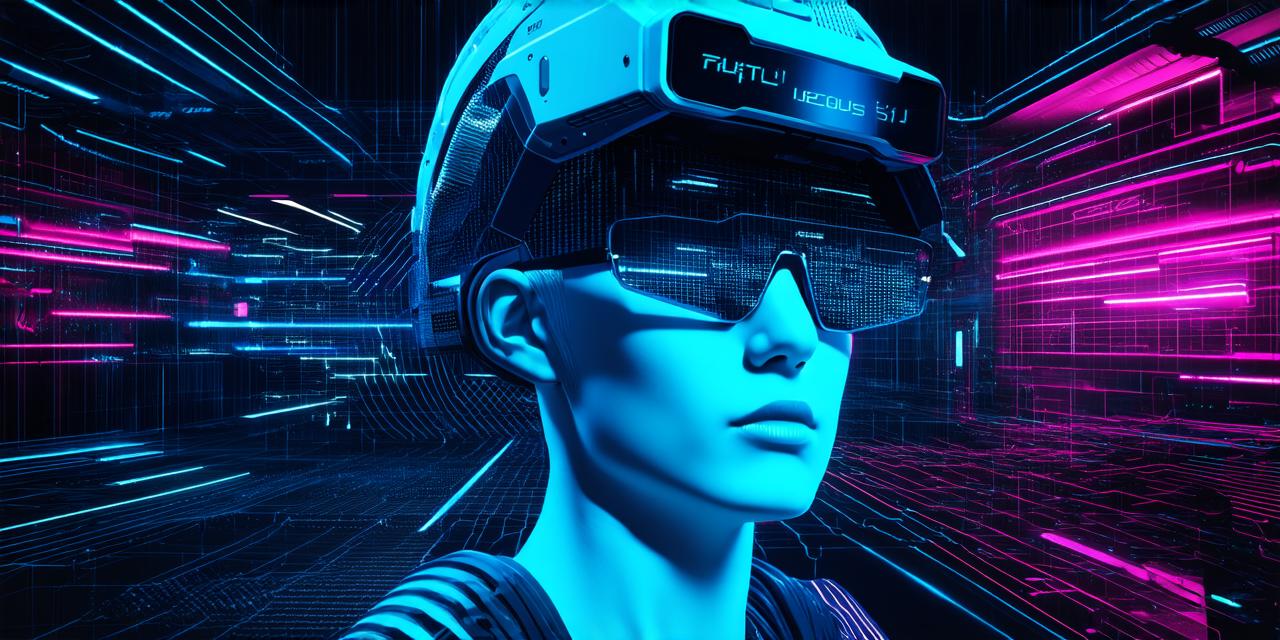Introduction:
Virtual, augmented, and mixed reality are three different technologies that have the potential to revolutionize the way we interact with digital content. While virtual reality creates an immersive, artificial environment, augmented reality enhances the real world with digital elements, and mixed reality combines both virtual and augmented reality.
What is Virtual Reality?
Virtual reality (VR) is a technology that creates an artificial environment that simulates the real world or a completely new world. VR headsets, sensors, and controllers track the user’s movements and translate them into a virtual world. Users can interact with objects in this world using hand gestures, voice commands, or specialized controllers.
What is Augmented Reality?
Augmented reality (AR) is a technology that enhances the real world with digital elements such as images, animations, and sounds. AR applications use sensors, cameras, and computer vision algorithms to track the user’s environment and overlay digital content onto it. The result is an interactive, immersive experience that blends the physical and digital worlds.
What is Mixed Reality?

Mixed reality (MR) is a technology that combines virtual and augmented reality to create a seamless blend of the real and digital worlds. MR applications use sensors, cameras, and computer vision algorithms to track the user’s environment and overlay digital content onto it. Unlike VR and AR, MR allows users to interact with both the physical and digital worlds simultaneously.
Comparing VR, AR, and MR:
While VR, AR, and MR all involve blending the real and digital worlds, they differ in their level of immersion and interactivity. VR is the most immersive, creating a completely artificial environment that isolates the user from the real world. AR enhances the real world with digital elements, allowing users to interact with both the physical and digital worlds. MR takes this a step further by allowing users to interact with both worlds simultaneously.
Comparing VR, AR, and MR:
In terms of applications, VR is best suited for gaming, education, and healthcare, while AR is best suited for marketing, education, and entertainment. MR has the potential to revolutionize remote collaboration, training, and education, but its applications are still limited.
Case Studies:
One example of the power of VR in education is the “Anatomy Atlas” application, which uses VR to teach students about human anatomy. The application allows students to explore the human body in 3D, zooming in on specific organs and systems to learn more about their functions and structures.
Case Studies:
An example of AR in marketing is the “IKEA Place” application, which uses AR to allow customers to see how furniture would look in their homes before making a purchase. The application uses the camera on the user’s smartphone to overlay 3D models of IKEA products onto the real world, allowing customers to see how the furniture would fit into their space.
Case Studies:
An example of MR in remote collaboration is the “HoloDeck” application, which allows teams to work together in a virtual environment while still being able to see each other in real-time. The application uses sensors and cameras to track the user’s movements and overlay digital content onto the real world, allowing team members to interact with both the physical and digital worlds simultaneously.
Personal Experiences:
As an augmented reality developer, I have had the opportunity to work on several AR applications for marketing and education. One of my favorite experiences was working on an AR application for a museum that allowed visitors to explore different exhibits in 3D using their smartphones. The application used the camera on the user’s smartphone to overlay 3D models of artifacts onto the real world, allowing visitors to see how the objects would look in their hands and learn more about their history and significance.
Personal Experiences:
Another experience was working on an AR application for a fitness studio that allowed users to track their progress using virtual reality headsets. The application used sensors and cameras to track the user’s movements and overlay
